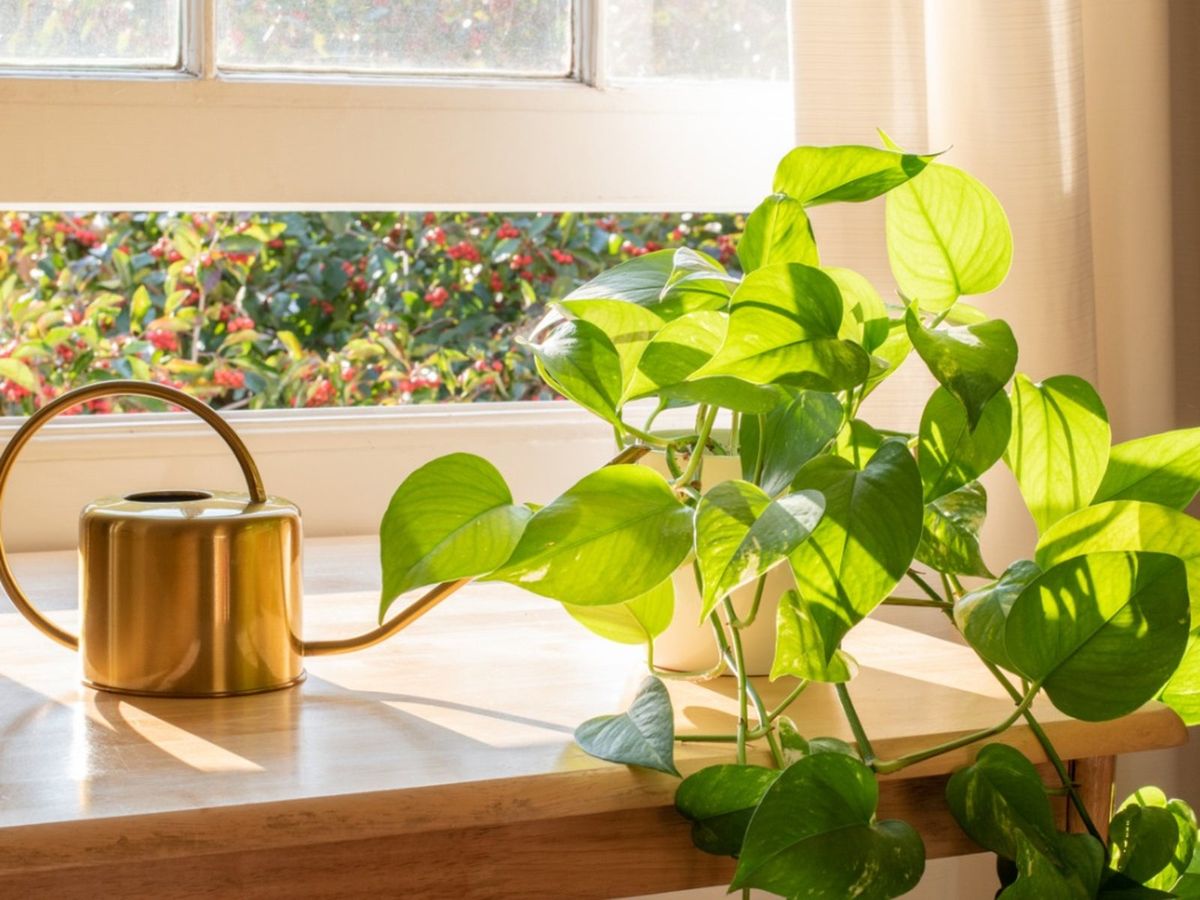
Understanding Plant Light Requirements: A Comprehensive Guide
Introduction
Proper lighting is essential for the health and growth of plants. In fact, light is one of the most critical factors for plant survival. Understanding the different light requirements of plants is crucial for providing them with the optimal conditions necessary for photosynthesis and overall well-being. In this comprehensive guide, we will delve into the importance of light for plants, explore the different types of light available, learn how to determine the light requirements of your plants, and provide tips for creating the ideal light conditions.
The Importance of Light for Plants
Light plays a fundamental role in the growth and development of plants. Through a process called photosynthesis, plants convert light energy into chemical energy, which they use to synthesize their own food. This process involves the absorption of light by specialized molecules called chlorophyll, which are found in plant cells.
Aside from facilitating photosynthesis, light also influences other essential plant processes such as flowering, fruiting, and overall plant structure. Insufficient light can lead to stunted growth, weak stems, and reduced productivity. On the other hand, too much light can cause damage to the plant’s cells and result in wilting or burning of the leaves.
Different Types of Light
The availability and quality of light vary depending on several factors, including the direction a window faces. Here, we will explore the different types of light based on the orientation of windows:

North-Facing Windows: North-facing windows receive the least amount of direct sunlight throughout the day. The light in these areas tends to be cooler and less intense. While some plants can tolerate low light conditions, most plants require more direct sunlight to thrive.
South-Facing Windows: South-facing windows typically receive the most direct sunlight. These areas provide bright and intense light for a significant portion of the day. Plants that require high light levels will thrive in south-facing windows.
East-Facing Windows: East-facing windows receive gentle morning sunlight. The light in these areas tends to be less intense than in south-facing windows but still provides sufficient light for many plants to thrive.
West-Facing Windows: West-facing windows receive intense afternoon sunlight. The light in these areas is typically hotter and more intense than morning light. Some plants that can tolerate or benefit from this intensity may do well near west-facing windows.
Understanding the different types of light available in your home or garden is essential for selecting the right plants and positioning them for optimal growth.
Determining the Light Requirements for Your Plants
.png)
To determine the light requirements of your plants, it is essential to consider the specific needs of each plant species. Here are some general guidelines to help you determine the ideal light conditions for your plants:
Research: Take the time to research the light requirements of each plant you have or intend to grow. Plant tags or online resources can provide valuable information.
Observe: Pay attention to the light patterns in different areas of your home or garden. Note the direction of windows, the intensity and duration of sunlight, and any obstructions that may cast shadows.
Light Meters: Use a light meter to measure the intensity of light in different areas. This can provide more accurate information for determining the light requirements of your plants.
Consider Seasonal Changes: Keep in mind that the availability of light may vary depending on the season. Take note of any changes in light patterns throughout the year and adjust your plant placement accordingly.
By combining research, observation, and measuring tools, you can accurately assess the light conditions in your home or garden and ensure that your plants receive the right amount of light.
Tips for Providing Optimal Light Conditions
.png)
Once you have determined the light requirements of your plants, it’s time to create the ideal light conditions for their growth. Here are some tips to help you provide optimal lighting:
Move Plants as Needed: Assess the lighting in different areas of your home and adjust the placement of plants accordingly. Move them closer to windows with more intense light or away from direct sunlight if necessary.
Use Reflectors: Place light-colored surfaces or reflective materials behind or around plants to bounce additional light onto their leaves. This can be especially beneficial in low light areas.
Rotate Plants: Regularly rotate your plants to ensure balanced growth. This prevents them from leaning towards the light source and promotes even development.
Supplement with Artificial Lighting: If natural light is limited, consider using artificial lighting to supplement your plants’ light requirements. LED grow lights or fluorescent lights can provide the necessary wavelengths for plant growth.
Avoid Overexposure: While light is crucial for plant growth, overexposure to intense light can cause damage. Avoid placing plants directly in the path of harsh afternoon sunlight to prevent burning.
By implementing these tips, you can ensure that your plants receive the optimal amount and quality of light they need to thrive.
In conclusion, understanding the light requirements of plants is vital for their overall health and growth. By considering the different types of light available, determining the specific light needs of your plants, and providing optimal light conditions, you can create an environment where your plants can flourish. Remember to research, observe, and adjust as necessary to ensure that your plants receive the best possible lighting for their well-being.



